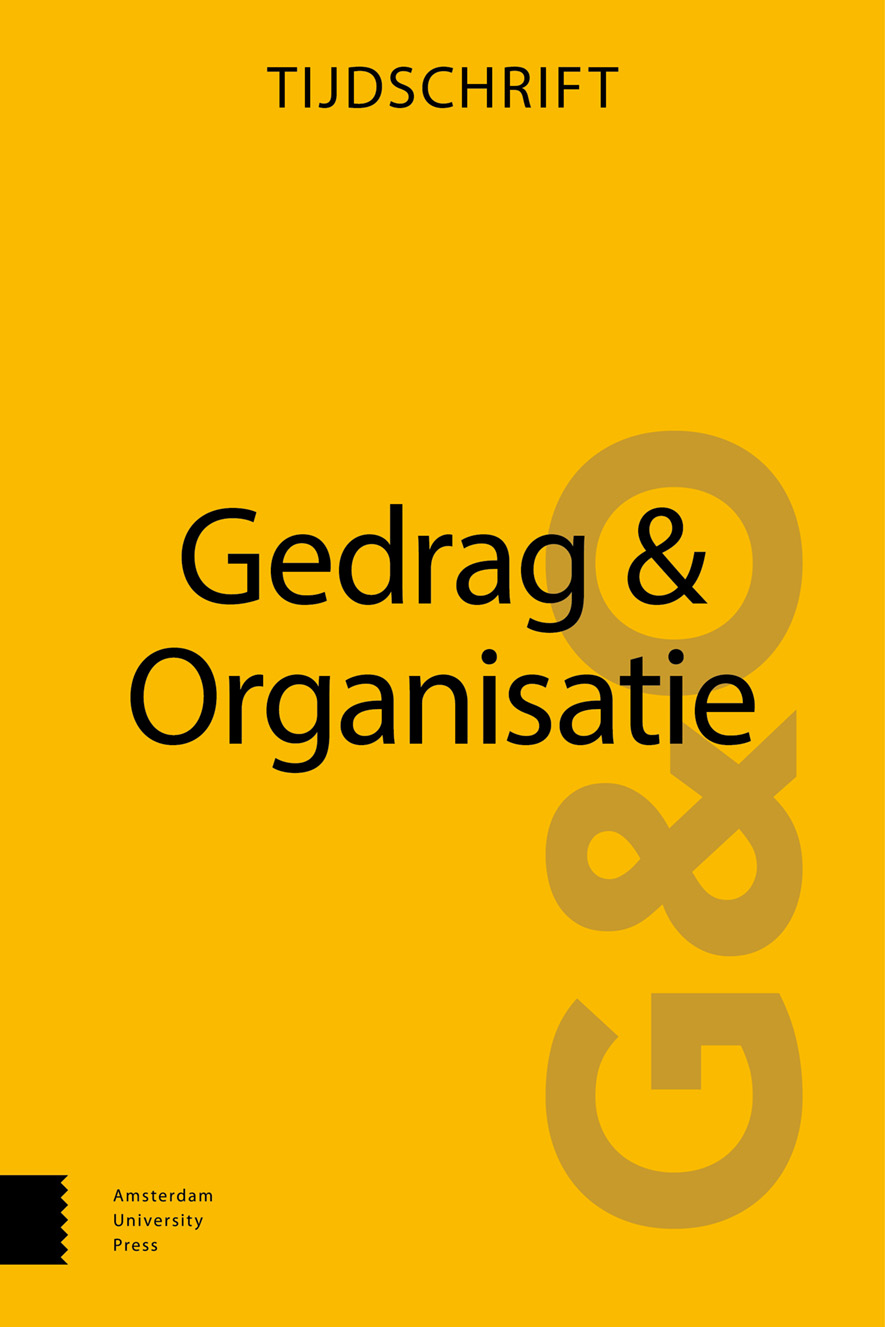
Full text loading...
We use cookies to track usage and preferences.I Understand
 , Rein De Cooman2
, Rein De Cooman2 & Luc Sels3
& Luc Sels3
Dit artikel geeft een overzicht van de uitkomsten van een proefschriftonderzoek naar de waarde van employer branding. We stellen (1) dat holistisch merkdenken de effectiviteit van employer branding kan vergroten, en (2) dat het toepassen van een contingentiebenadering helpt bij het begrijpen en inschatten van de waarde van employer branding. De combinatie van drie studies toont aan dat, wanneer gestreefd wordt naar het verhogen van werkgeversaantrekkelijkheid en sollicitatie-intenties, het zinvol kan zijn om het employer brand toe te spitsen op individuele voorkeuren van een doelgroep en/of het eigen consumentenmerk en hierbij merkstrategieën toe te passen. Specifiek tonen de studies aan dat de (meer)waarde van employer branding afhankelijk is van individuele (persoon-organisatie fit) en organisatorische contingenties (consumentenmerk, kennisintensiteit en kapitaalintensiteit). We bespreken de implicaties van deze bevindingen voor toekomstig onderzoek en geven verschillende aanbevelingen voor de praktijk.

Article metrics loading...

Full text loading...
References


Data & Media loading...

